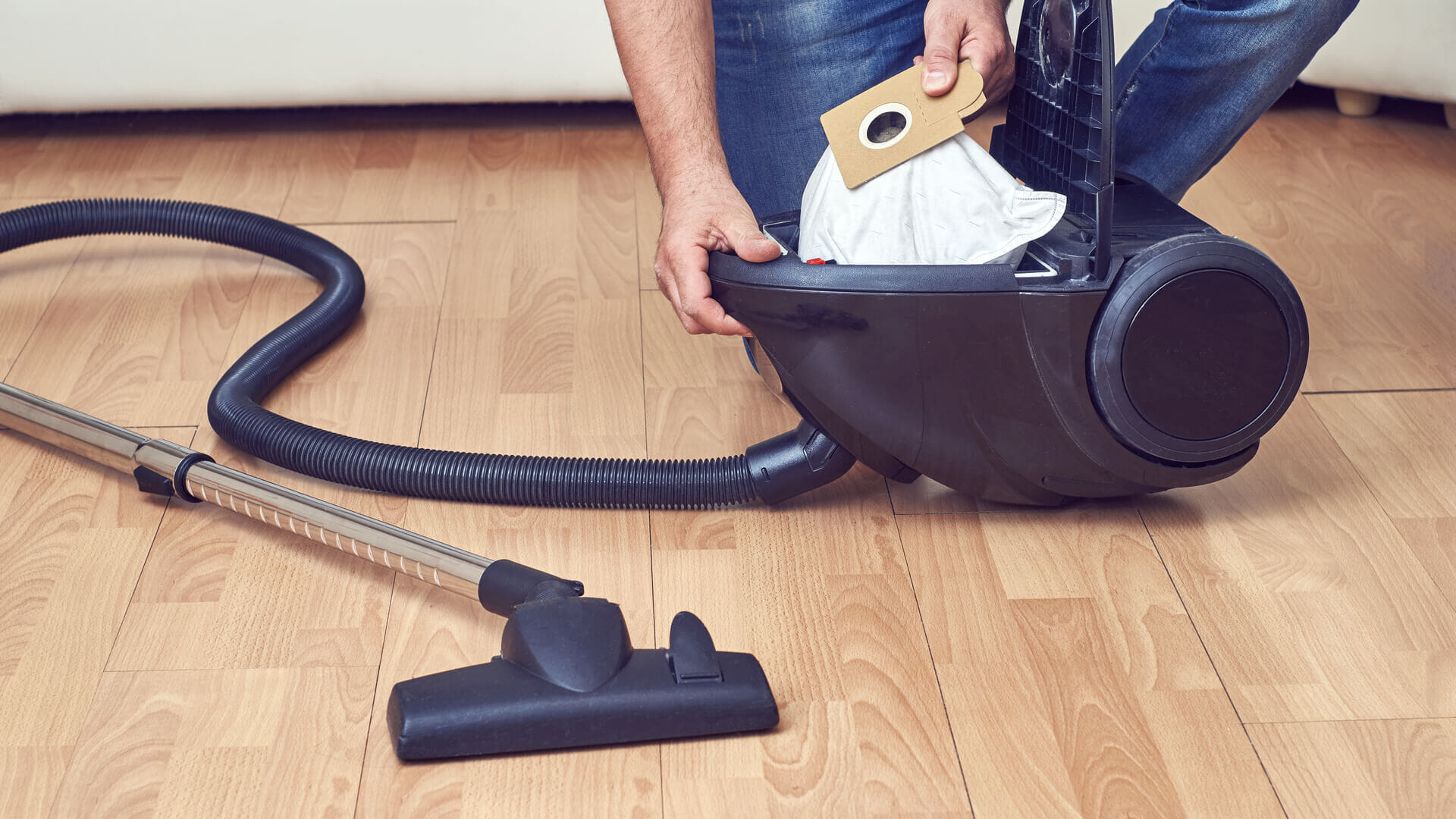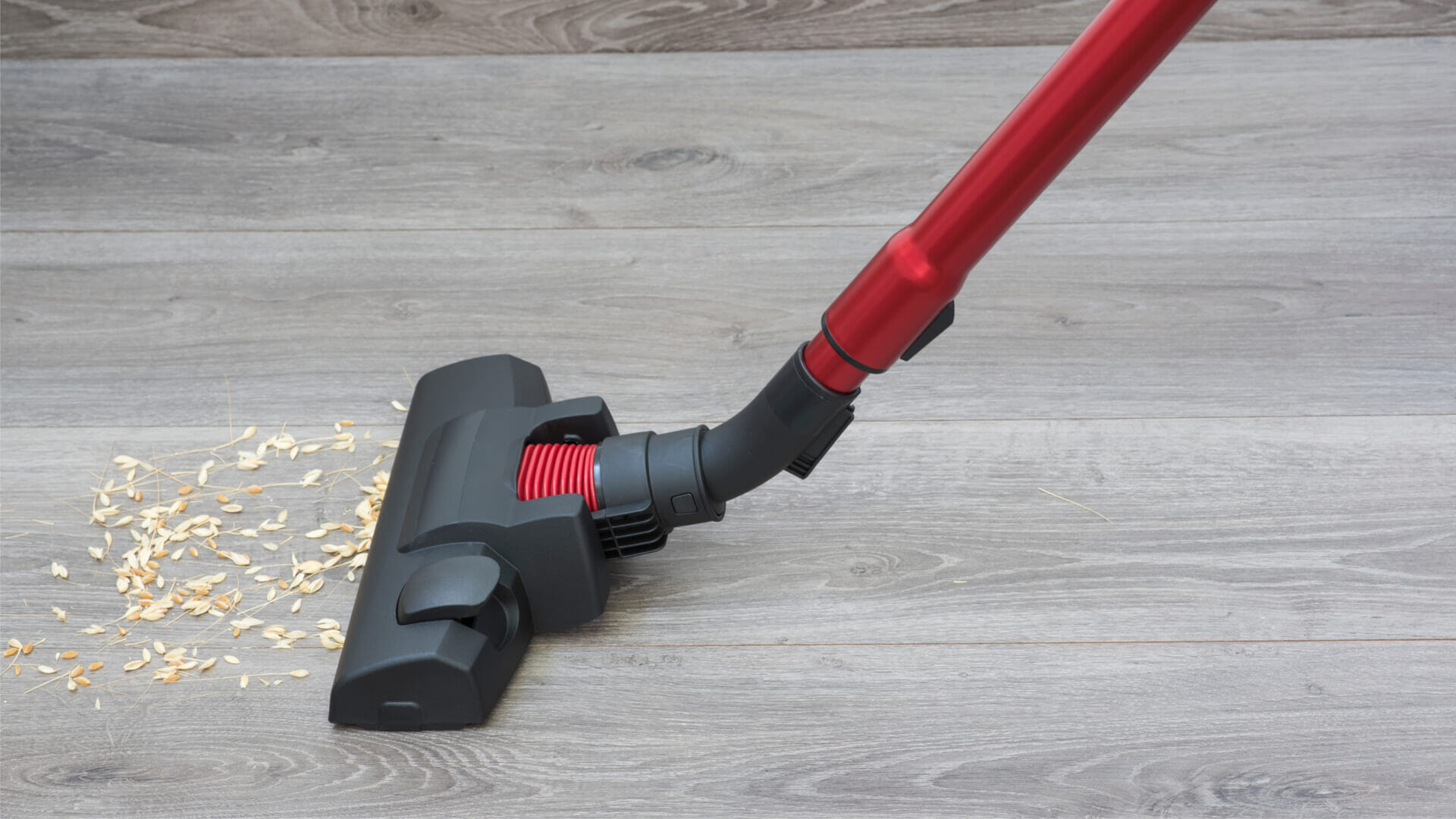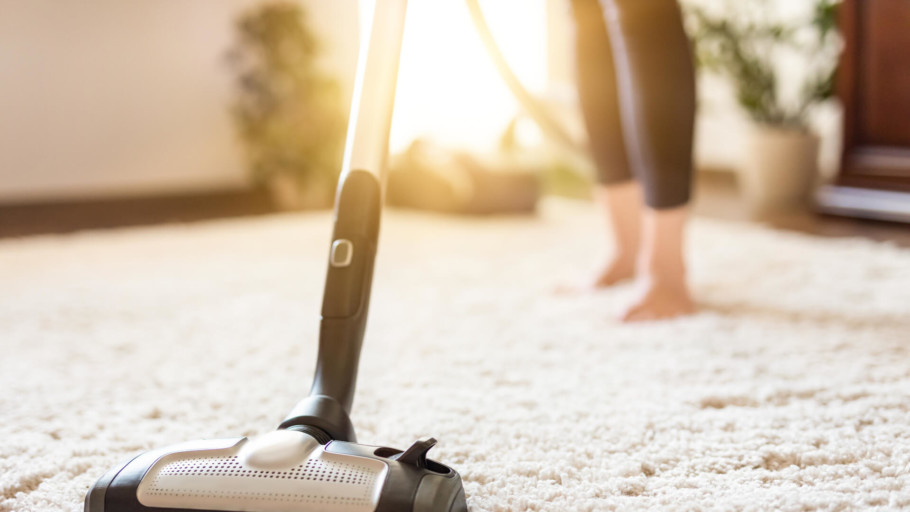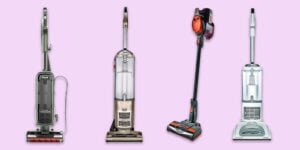Cyclonic Vacuums vs Regular: Which is Better?
Picking out a new vacuum is becoming increasingly difficult as more brands compete to be better, more effective, and most affordable household appliances than their competition. While it’s becoming more and more popular to pick up cordless stick vacuum cleaners and similar appliances, homeowners are often wondering if these small products are really the best for their homes.
In most cases, these vacuum cleaners take the form of the cyclonic vacuum cleaner. Cyclonic vacuum cleaners are relatively new in the history of vacuum cleaners, but in just a few short decades they’ve become completely irreplaceable in the home. At the same time, however, millions of homeowners still stick with standard and bagged vacuum designs for their needs. The problem becomes understanding the differences between standard vacuums and their cyclonic cousins.
In this article, we’ll break down the differences between these two popular vacuum designs, which is going to produce the best results for you, and which is best overall.
Standard Bagged Vacuums

Vacuum cleaners have been around nearly 100 years, and for much of that time their fundamental design relied upon the simple components of bags and internal canisters.
First, the agitator or brush roller at the end of the vacuum cleaner is turned on to agitate dirt within carpet fibers and send them flying into the air. Next, a fan connected to the vacuum’s motor pulls dust and dirt through the vacuum towards the back – often towards the external bag, which is mounted behind the handle of the machine. Once here, dirt and debris are stopped by the bag, which is actually designed to allow air to pass through it. Then the air exits cleanly through the bag, and the collected debris stays sequestered in said bag to be disposed of later.
This simple design means that regular vacuum cleaners are often simpler in design than their cyclonic cousins. Air only moves in one direction – throughout the vacuum itself – and passes right through the machine as opposed to moving in several directions at once.
While simplistic, this design proved to be enduring, as many manufacturers put their own spin on the bagged design and created products that have lasted through the decades as the main option to clean your home.
The Modern Age
These days, bagged vacuum cleaners are still alive and well thanks to companies like Miele, which utilizes their own proprietary bags to ensure no loss of suction and a strong, powerful performance every time. Aside from Miele, many companies still produce vacuum cleaners in the traditional bagged variant. Bagged vacuum cleaners are especially popular with those with hypoallergenic needs, such as those with allergies or with pets.
Though they have been overshadowed by the bagless revolution in recent years, the demand for these appliances lives on. While bagged vacuums traditionally cost more than their cyclonic counterparts (more on this later), you can still pick up a bagged vacuum at a variety of price points and with a large variation in quality. In fact, you can check out our picks for Best Bagged Vacuum Cleaners to see what sorts of current options may be right for you.
Cyclonic Vacuums
While you may be familiar with the traditional bagged vacuum designs from your parents or childhood home, you would be hard-pressed to see many options at your local big box mart or appliance store. The shelves today are stocked with vacuum after vacuum utilizing cyclonic technology, an engineering marvel that completely changed the way we clean our carpets.
The Bagless Revolution
Ever since James Dyson invented the cyclonic vacuum technology needed for bagless vacuums, brands have been quick to hop on the unique design. With a cyclonic vacuum, dirt, debris, and air are picked up by the vacuums motor and fanned into a cyclonic chamber. In here, dirt and debris are pushed aside and down to the bottom of the cyclone by the rotating air, in much the same way that water is pulled out of a washer by the spin cycle. From here, air rises up and exits through a washable filter and then runs back out of the machine through the vacuum’s vents.
Cyclonic vacuum cleaners completely eliminate the need for bags and recurring costs, which makes them a great choice for budget seekers. While their design may be more complex than with regular vacuums, their popularity means that it is consistently easier to pick up a cyclonic vacuum cleaner at a low price than the alternative.
Cyclonic vacuums make up the lion’s share of the vacuum cleaner market and also hold the most space in homes around the world. It’s clear that this relatively new invention is here to stay for the long haul.

Pros and Cons
Understanding the history and design both of cyclonic and regular vacuums makes it clear what the best (and worst) aspects of each really are. While neither the cyclonic nor the standard bagged design is inherently better than the other, your personal preference, home layout, and vacuum needs are going to dictate which type of vacuum is better for you.
Standard Vacuums
Standard vacuum cleaners have long stood the test of time, and many still prefer them for their simple design and ease of use. The following features of the standard vacuum cleaner stand out though as clearly better than those offered in a cyclonic vacuum cleaner:
- Filtration – Due to the bagged design, users will never need to come in any contact with the dirt sucked up by their cyclonic vacuum. Likewise, bags are often HEPA-certified and best for those with allergies.
- Design – Regular vacuum cleaners may need periodic maintenance, but their simple design often makes them easier and cheaper to repair.
- Little Daily Maintenance – Regular vacuum cleaners require little maintenance and no filter cleaning of any sort. The filter is the bag itself, which is replaced each time you swap out bags.
This is not to say, though, that regular vacuum cleaners are better overall. The bagless revolution is proof enough that homeowners may prefer a different way to clean. Here are some of the biggest detriments to a standard vacuum cleaner:
- Recurring Costs – Since you’ll be replacing bags often, you’ll need to continuously spend money on more bags. Therefore, the price tag on a bagged vacuum cleaner is often misleading because you’ll spend as much as you did on the vacuum on bags over a year or more.
- Performance Issues – While many bagged vacuum cleaners indicate when it’s time to replace the bag, the truth is that the suction power and overall performance decrease as more dirt is picked up. This means that there’s a greater incentive to replace bags – and spend more money.
Cyclonic Vacuums
Cyclonic vacuums range from high-end options from Dyson all the way down to apartment-friendly picks like those from Dirt Devil. There’s almost always a cyclonic vacuum that best matches your home or apartment, and there’s a whole lot to love about this type of vacuum.
Here are the most popular features that come with a cyclonic vacuum cleaner:
- Less Expensive – Putting aside the price at the register for a moment, cyclonic vacuum cleaners are often more affordable than their bagged counterparts. No bags means no bag purchases and a better investment in the long-term.
- No Loss of Suction – Unlike standard vacuum cleaners, cyclonic options don’t normally lose suction. If your machine is struggling, all you need to do is empty the canister, wash the filter, and your vacuum should be good as new.
- Environmentally Friendly – More and more homeowners are concerned with the eco-friendly nature of their products; since no bags need replacing, the cyclonic vacuum cleaner is the clear winner in this regard.
Ditching bags for canisters isn’t a perfect move, however, and for many homeowners, the costs of going bagless can be too high to handle. Here are some of the biggest issues associated with cyclonic vacuum cleaners:
- Dirtier – Since canisters will need to be emptied out periodically, homeowners will be exposing themselves to the dirt and debris of their vacuums directly. And even if they are able to remove the dirt without touching it, the air quality of the area may be temporarily reduced.
- More Upkeep – Since cyclonic vacuums are heavily dependent on permanent filters, you’ll need to remember to clean out these filters often. Likewise, canisters need rinsing and washing, all issues that don’t exist with bagged vacuum cleaners.
- Poor Allergen Control – While cyclonic vacuum cleaners do occasionally come with HEPA filters, generally speaking, those who suffer from serious allergies are going to be far better served by a bagged option that won’t allow microbes back into the air after they’ve been vacuumed up.
Final Thoughts
Ultimately, we can’t give a definitive answer about whether cyclonic vacuums or regular vacuums are better. Both cyclonic and standard vacuum cleaners have features and abilities that have attracted faithful customers.
What we can tell you, though, is that knowing what each type of vacuum is good (and bad) at will give you the peace of mind you need to pick out the right vacuum for you. So, whether you end up with a cyclonic vacuum or opt for a nice bagged option, we hope that we’ve been able to steer you towards the appliance that’s going to serve you and your floors for years to come.




